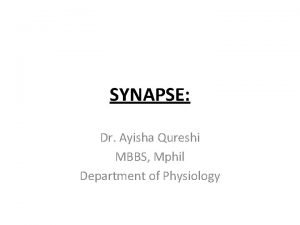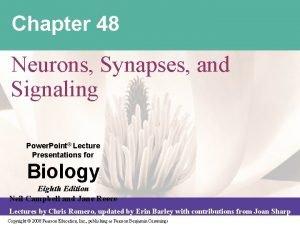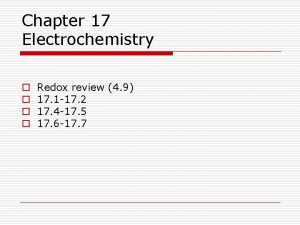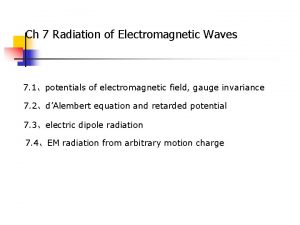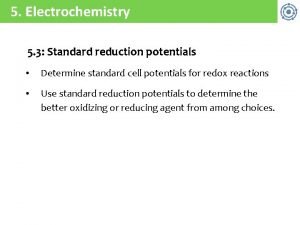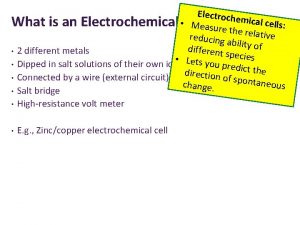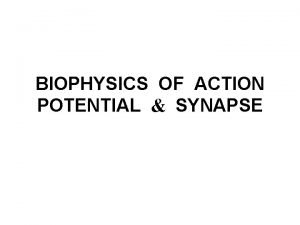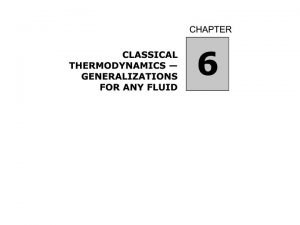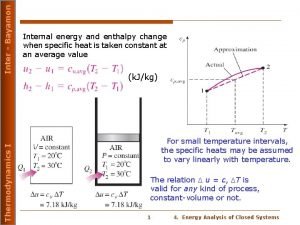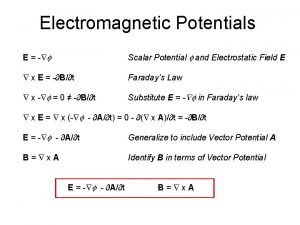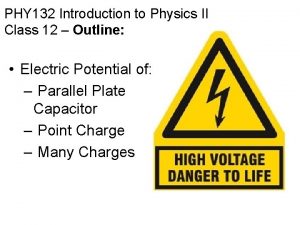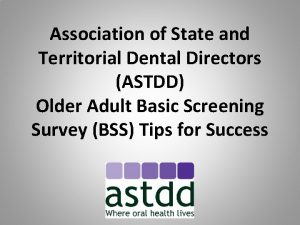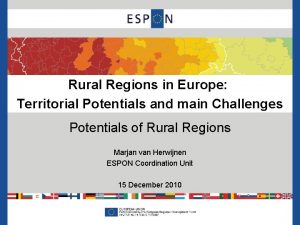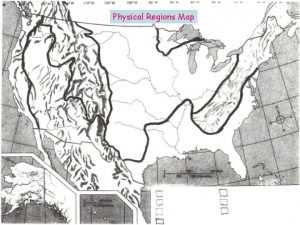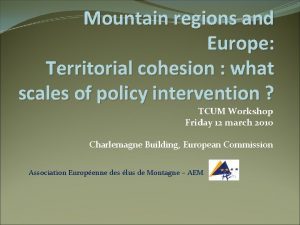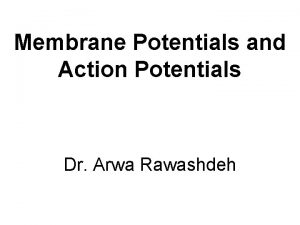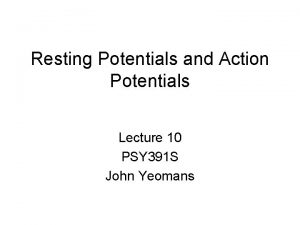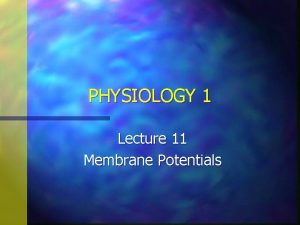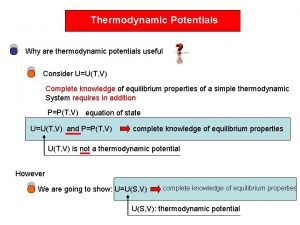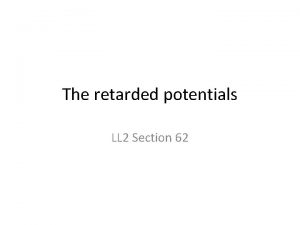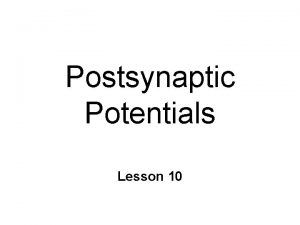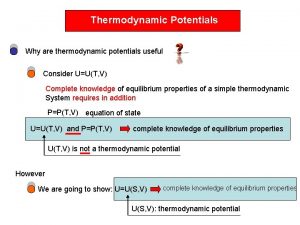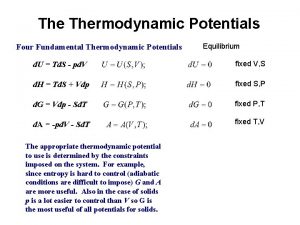Rural regions in Europe Territorial potentials and main





















- Slides: 21

Rural regions in Europe: Territorial potentials and main challenges December 15 th 2010, Luxembourg EDORA (European Development Opportunities in Rural Areas) I: Typologies of Rural Areas

Drivers and processes of rural change across the EU: … The EDORA Project …to describe the main processes of change which are resulting in the increasing differentiation of rural areas. …to identify development opportunities and constraints for different kinds of rural areas… …to consider how such knowledge can be translated into guiding principles to support the development of appropriate cohesion policy.

The EDORA Project

What is going on in Rural Europe…? Narratives help us make sense of the rural change. • The range of socio-economic changes affecting rural areas is bewildering. • Rural areas do not seem to be becoming more uniform, but more diverse. i. e. They are following many different individual “development paths”. • A narrative approach can help us to make sense of all this in a (systematic) way which is useful as a basis for more appropriate rural policy.

Some Contestable Statements Relating to Rural Development… “Stylised Fallacies”? • The rural economy can be separated from that of adjacent urban areas. • Rural areas are generally recording negative socioeconomic trends and “vicious spirals” of decline… • Rural policy should therefore focus on addressing this decline, or even “creating a level playing field”… • The rural economy is driven by land-based industries – therefore rural policy should be predominantly sectoral… • Geographical remoteness is associated with decline and disadvantage. • Etc. etc… Still true? … For much of Rural Europe these are increasingly seen as “Stylised Fallacies”. We need new generalisations…“meta-narratives” and typologies.

What are Meta-Narratives (M-N)? • …a meta-narrative is a story about a story, encompassing and explaining other 'little stories'… (Wikipedia) • The “little stories” are the changes taking place in specific socioeconomic characteristics (e. g. demography, economic structure, access to services, environmental change etc…) • The Meta-Narratives (M-N) pull the “little stories” together into a coherent, synthetic, “big themes” of rural change. • (M-N): – Help us to understand the way in which different facets of rural change interact. – Help us to systematically describe change in individual rural areas. – Should take account of both current changes and look ahead to likely future developments. But they are not: – Discrete regional development paths. – Associated in a one-to-one way with different kinds of rural areas.

The Conceptual Phase: Understanding Rural Change Overarching theme of increasing “CONNEXITY” (Mulgan) – “network society”, “relational space”, “multi-level governance”. Freedom v interdependence. 1. Agri-centric narrative (post-productivism, multifunctionality etc. ) 2. Urban-rural (core-periphery) narrative. 3. Economic competitiveness and global capital penetration (Globalisation)…

Why make a Typology? • To provide a tangible manifestation of the geographic patterns produced by the meta-narratives. • Explore potential to elaborate the Dijkstra-Poelman typology; to add (structure and performance) aspects to U-R dimension. • Elaborated typology should then serve as a framework for analysis of recent trends, consideration of future perspectives, and policy implications. Underlying Aims: • To correct/replace “Stylised Fallacies” (Hodge 2004) about rural areas as background to rural/regional policy debate. • To provide a means of “benchmarking” for regional and national policymakers.

Rural or “Non-Urban”? EDORA typology cannot be a typology of Rural Areas – two reasons: (a)Rural areas do not function separately from adjacent urban areas – they are connected by a dense web of interactions. (b)Smallest practicable data units are NUTS 3(2), most of these contain sizable towns/cities. It is a typology of Intermediate and Predominantly Rural Regions. It covers EU 27 +NO, CH, and TR.

Methodology and Database -Simple step-wise multi-criteria methodology -The database used: • 27 raw data variables (mainly from Eurostat REGIO) • 12 (ratio) indicators used for Structural Typology • 5 used for Accumulation-Depletion (Performance) Scores

The EDORA Cube (Patterns of Differentiation) …more of a three-dimensional framework for analysis, rather than a onedimensional classification. The three dimensions are: • Urban-Rural (remote/accessible) • Economic structure (diversification). • Accumulation – Depletion (performance).




Testing the robustness of the typologies • T tests of difference between types (in terms of A-D performance scores). • Structural Typology: - all combinations of types have significantly different performance (at 95%) except CC/DSec and CC/AG • D-P typology –only one combination (IA/PRA) has significantly different performance.

Cross-Tabulation Analysis – Key Results: Common combinations of D-P and Structural Types • • Diversified (Mkt Serv. ) + IA Diversified (Sec. ) + IA Consumption Countryside + IA/PRA Agrarian + PRR/PRA Cross-Tabulation of D-P and Performance Types • • 60% of population of IA regions lived in Above Average performing or Accumulating regions All other D-P types had a majority of population living in Below Average or Depleting regions Cross-Tabulation of Structural and Performance Types • • Almost 50% of Agrarian region population lived in Depleting Regions, only 12% in Positive Performance categories. More than 2/3 of Consumption Countryside population lives in Positive Performing regions. The same is true of the Diversified (market services) regions. But only 55% of Diversified (Secondary) population lives in Positive Performing regions. Summary: Rough ranking in terms of performance (low-high): Agrarian, Diversified (Sec. ), Consumption Countryside, Diversified (Mkt Serv. )

Country and Macro-Region Profiles

Micro-scale patterns of differentiation: The EDORA Exemplar Regions

Two levels in Policy Design and Targeting… Macro Level + = Macro-level Policy Design and Targeting Micro Level + Local/regional auditing of Intangible Assets = Micro-level endogenous place-based approaches.

Policy Guidance Derived from Research Findings • …Not from “stylised fallacies” (inaccurate stereotypes)… • …But rather from valid generalisations at an appropriate scale… EDORA Meta-Narratives of change, and Typologies of regions, but also, taking account of the full range of local (tangible and intangible) assets.

Thank you for your attention… For more detail see EDORA Working Paper 24, available for download from EDORA project website: www. nordregio. se/EDORA
 Ipsp vs epsp
Ipsp vs epsp Source of bioelectric potential isin nature.
Source of bioelectric potential isin nature. Decremental graded potential
Decremental graded potential Describe characteristics
Describe characteristics Postsynaptic potentials
Postsynaptic potentials Table of standard reduction potentials
Table of standard reduction potentials Multiple expansion
Multiple expansion Cathode anode standard reduction potential
Cathode anode standard reduction potential Electroch
Electroch Use the tabulated half-cell potentials to calculate
Use the tabulated half-cell potentials to calculate Summation of postsynaptic potentials
Summation of postsynaptic potentials Thermodynamic
Thermodynamic Free energy
Free energy Thermodynamic potentials
Thermodynamic potentials What is cv in thermodynamics
What is cv in thermodynamics Electromagnetic potentials
Electromagnetic potentials An electron follows the trajectory shown from i to f
An electron follows the trajectory shown from i to f 4 main regions of the brain
4 main regions of the brain European physical features
European physical features Finding the main idea why were canals built?
Finding the main idea why were canals built? Astdd
Astdd Chapter 12 territorial and economic expansion
Chapter 12 territorial and economic expansion
